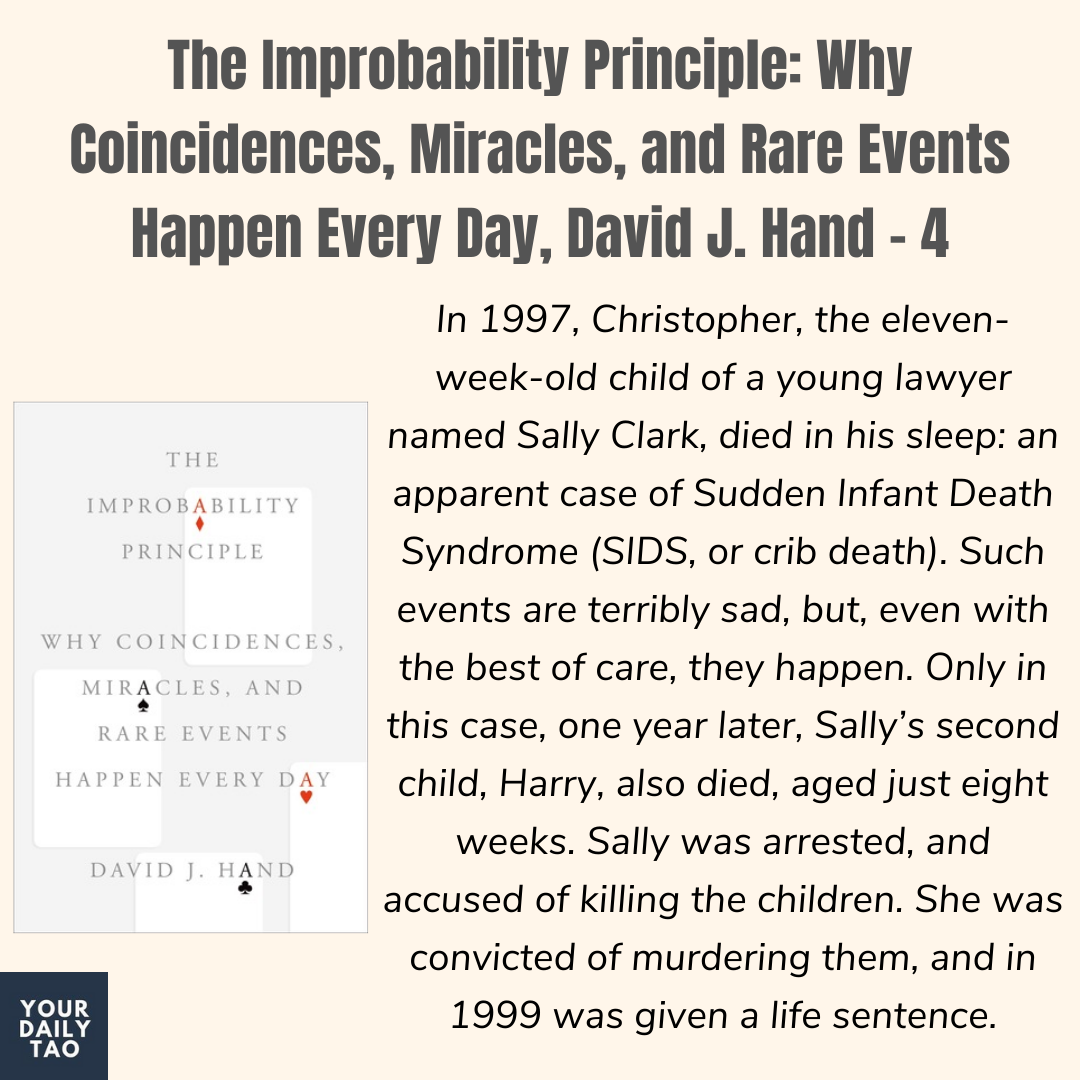It is virtually impossible to convince any Western reader that in the current national and global context, the continuation of strong CCP rule under Xi Jinping could be good for China and for the world. In the Western mind, any undemocratic political system that deprives citizens the ability to choose or remove a leader is by definition evil. This is why no major Western pundit or political figure could have challenged the political avalanche of criticism that descended upon Xi when he removed the term limits on his presidency. Yet, if contemporary Western thinkers had sought advice or guidance from previous generations of Western thinkers, they would have found good advice they could have used. One such piece of advice was provided by Max Weber. In one of his famous essays, he wrote that “it is not true that good can only follow from good and evil only from evil, but that often the opposite is true. Anyone who says this is, indeed, a political infant.”* It can be argued that strong central control of China by the Chinese Communist Party under Xi Jinping is producing at least three “global public goods” that the world is indeed benefiting from. And if Max Weber were alive today, he would be astonished to see the absence of strong Western voices observing and documenting how the West (and the rest of the world) is benefiting from the stable and rational rule of China by the CCP. The first global public good that the CCP is delivering is to rein in a strong nationalist dragon that is clearly alive and well within the Chinese body politic. There are many reasons for nationalism in China. Most Chinese are aware that China was badly trampled upon and humiliated during the century of humiliation after the Opium War. China’s recovery today has buoyed their national pride. Many in the West were shocked when in 2001 the Taliban destroyed the precious antique Buddhist statues in Bamiyan, which had survived fourteen centuries. Yet, those shocked Westerners, outraged by the Taliban’s behavior in 2001, failed to remember or mention that barely a hundred and fifty years earlier British and French troops had behaved just like the Taliban in Beijing in 1860. Here is one account of what happened in that episode. As the primary residence of five Qing emperors, Yuanmingyuan contained hundreds of palaces, temples, libraries, theaters, pavilions, chapels, gazebos and galleries filled with priceless artworks, antiquities and personal possessions. To ensure an equitable distribution of this imperial property, the commanders agreed to appoint “prize agents” to divvy it up. There followed an orgy of indiscriminate plunder in which anything that could not be carted off was destroyed. Then, on Oct. 18, British forces were ordered by Lord Elgin—son of the Lord Elgin who removed the marble friezes from Greece’s Parthenon—to inflict a final blow, with fire, as revenge for the deaths of British and Indian prisoners in Chinese captivity. Because Yuanmingyuan was so vast—roughly five times the size of Beijing’s Forbidden City and eight times that of Vatican City—it took an entire infantry division of nearly 4,500 men, including four British regiments and the 15th Punjabis, to set it aflame. Gilded beams crashed, porcelain roofs buckled, ash filled the lakes and embers snowed down on Beijing, where clouds of dense smoke eclipsed the sun. Upon hearing the news, the ailing 30-year-old Xianfeng emperor vomited blood; less than a year later he was dead.* If China were to make a sudden transformation into a democracy, the political voices that would dominate the political landscape would not be the calm and soothing voices of democratic leaders like John F. Kennedy or Barack Obama but the angry nationalist voices, like those of Donald Trump or Teddy Roosevelt. In terms of its emergence as a great world power, China in 2020 is probably where America was as it emerged as a great world power at the end of the nineteenth century, when Teddy Roosevelt served as the secretary of the US Navy. This is why Graham Allison of Harvard has wisely warned his fellow Americans against wishing that the Chinese “would be like us.”
The message seems to be “Be careful what you wish for”. While many in the west, and probably here, might decry the current political climate in China as too restrictive, there are also benefits that come with that stability. Just thought that this was an interesting and nuanced perspective from this excerpt.








